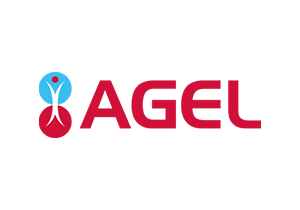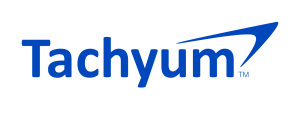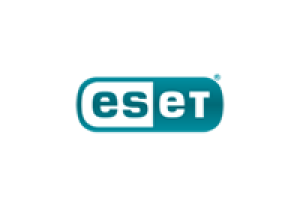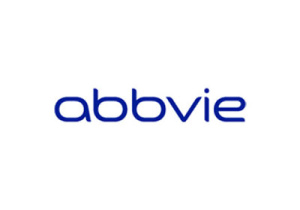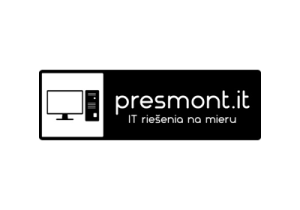
Peter Handzuš
-
New eID and Slovakia in mobile phone
The use of information technologies in a contactless way is increasingly coming to the fore, while it is also enhanced by the increasing use of mobile devices with NFC. Non-contact has gained attention even during the last years marked by anti-pandemic measures and efforts to limit the transmission of the disease through physical contact.
The new generation of identity card (dubbed eID 2.0), issued from December 1, 2022, reflects this trend. By applying the latest technologies in the field of chip technologies, it is possible to use eID 2.0 also in this already known way, e.g. from payment cards or payments by mobile phone - simply attach it.
eID 2.0 increases the overall added value as well as the comfort of users, enables a multi-channel approach and has the ambition to significantly penetrate the commercial sector as well. It becomes the most secure tool compatible with mobile devices, which opens the door to literally all electronic services from any place and at any time.
Does this mean the contact card readers have finished? And does it have something to do with the project Slovakia in Mobile? You will find out if you accept a cordial invitation to the presentation. -
Instant payments TIPS and mobile eID of a citizen
How could effective public administration work in the future, in particular in the field of charging and reimbursement for the services provided? On 30 November 2018 will launch the new payment platform, the Target Instant Payment Settlement (TIPS) across Europe. Instant payments TIPS made in real-time, with availability 24 hours a day have the potential to replace cash and checks. During the presentation, you will learn how could work an instant payment to an organization that has opened bank account at the Treasury. The advantage of instant TIPS payments is, in addition to processing in the real-time, also low transaction costs, what can result in considerable savings to the state and the public administration.
As a further concrete vision of the future functioning of the efficient public administration, we will introduce the Citizen's Mobile eID service and its use in accessing e-services. Mobile eID will allow remote identification and multi-factor authentication of the citizen from the comfort of home, with the only device needed to access eGovernment services as a mobile phone. The citizen will be able to activate mobile eID assisted when taking over a citizen's chip card, or at any time by self-service online. Citizen identification and authentication in the electronic environment are guaranteed by the native mobile application and the enhanced authentication server of the Ministry of the Interior.
-
Use of eID card in the commercial environment
Why should a lecture be interesting?
Estonia is not a country of miracles as it is often publicly presented and it had to get through the harsh initial phases of digitalization of Government too. It has accomplished acceptance of eID card in the commercial sector, however the most influential success factor were economic interests of the one single company. Slovakia, and also many other countries, does not have such advantage at its disposal, yet opportunities how to use eID card almost daily even for access to commercial services appear right now – in times when after 4 years we reached many positive objectives related to eID card.
Identity smart card, also known as eID card, has been introduced in numerous countries across European continent, including Slovakia and Estonia – the showcase of Government digitalization.
In the Baltic country this happened already in 2002, while here in Slovakia 11 years later. After the years elapsed since then, we can observe common parallels and differences between the two countries, but what´s even more important, it is possible to identify success factors of eID cards in commercial sector as well as factors that stand in the way of such accomplishment. Adopted directives, regulations and action plans within the strategic vision of single digital market of European Union opens window of opportunities for penetration of eID into the commercial sphere. Electronic ID card could then offer also to commercial services providers the unexhausted potential with positive economic impacts and at the same time improve the perception of eID by citizens.
Is Estonian story really as perfect and simple as it may appear at first sight? What motivated commercial sector in Estonia to make their services available to consumers via national eID card? And what has Slovakia in common with the recognized leader of digitalization? What are truly the most valuable use cases for eID cards in the commerce? Does any conjunction of interests of citizens, commercial institutions and government exist at all?
Peter Handzus from the DXC Technology will answer these and also many other questions related to practical use of eID in the commercial world. -
Use of eID card in the commercial environment
Why should a lecture be interesting?
Estonia is not a country of miracles as it is often publicly presented and it had to get through the harsh initial phases of digitalization of Government too. It has accomplished acceptance of eID card in the commercial sector, however the most influential success factor were economic interests of the one single company. Slovakia, and also many other countries, does not have such advantage at its disposal, yet opportunities how to use eID card almost daily even for access to commercial services appear right now – in times when after 4 years we reached many positive objectives related to eID card.
Identity smart card, also known as eID card, has been introduced in numerous countries across European continent, including Slovakia and Estonia – the showcase of Government digitalization.
In the Baltic country this happened already in 2002, while here in Slovakia 11 years later. After the years elapsed since then, we can observe common parallels and differences between the two countries, but what´s even more important, it is possible to identify success factors of eID cards in commercial sector as well as factors that stand in the way of such accomplishment. Adopted directives, regulations and action plans within the strategic vision of single digital market of European Union opens window of opportunities for penetration of eID into the commercial sphere. Electronic ID card could then offer also to commercial services providers the unexhausted potential with positive economic impacts and at the same time improve the perception of eID by citizens.
Is Estonian story really as perfect and simple as it may appear at first sight? What motivated commercial sector in Estonia to make their services available to consumers via national eID card? And what has Slovakia in common with the recognized leader of digitalization? What are truly the most valuable use cases for eID cards in the commerce? Does any conjunction of interests of citizens, commercial institutions and government exist at all?
Peter Handzus from the DXC Technology will answer these and also many other questions related to practical use of eID in the commercial world.



